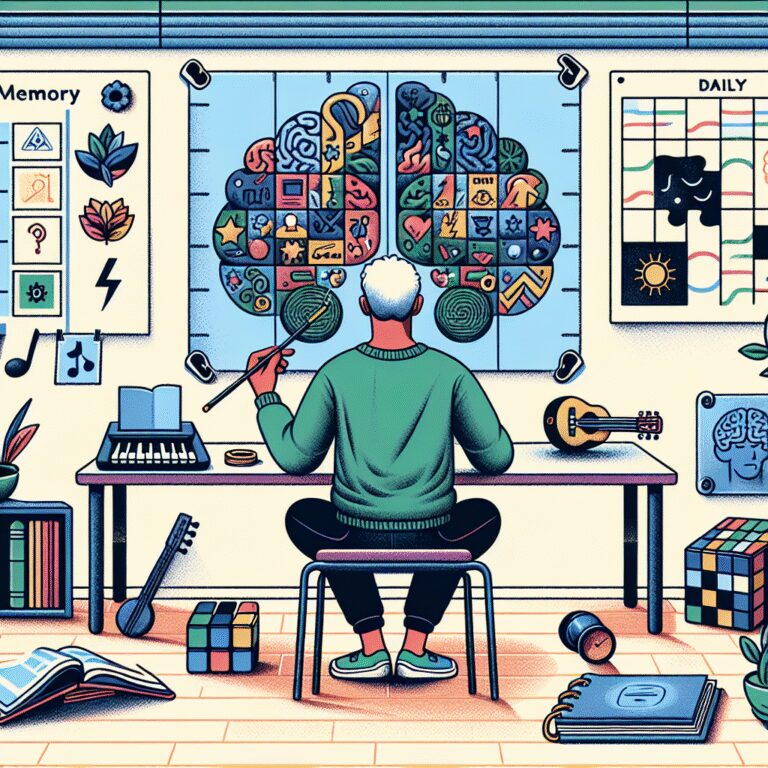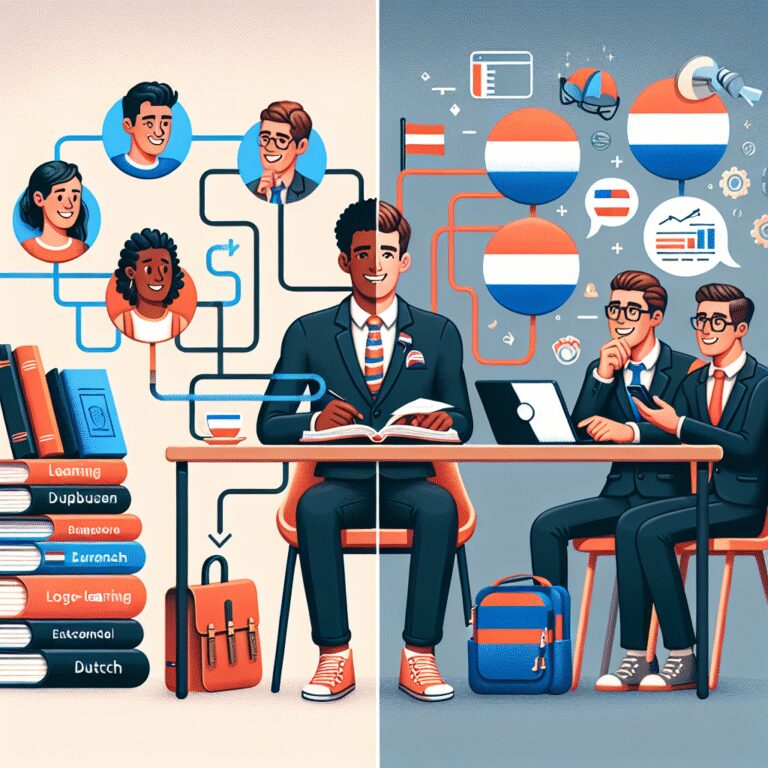Best AI Tools for Learning Languages
Why AI is Revolutionizing Language Learning
Gone are the days of heavy grammar books and boring tapes. In 2025, language learning is being transformed by AI. Whether you’re learning Dutch, Spanish, or Japanese, artificial intelligence offers tailored experiences that make language acquisition faster, smarter, and way more fun.
Let’s explore the 7 best AI tools for learning languages — and how they can help you finally stick to your language goals.
1. Duolingo Max — AI-Powered Practice
Duolingo has gone next level with Duolingo Max. Thanks to GPT-4 integration, it now provides detailed explanations and role-play scenarios to help you practice conversation naturally. The chatbot corrects your grammar, teaches cultural nuance, and speaks to you like a real tutor.
Link: https://www.duolingo.com/
2. Speak — Talk Like a Native
Speak is like having a native speaker in your pocket. It uses AI to assess your pronunciation in real time and coach you on how to sound more authentic. The tool listens to you, analyzes your tone, and gives you personalized feedback that’s actually useful.
Perfect for busy professionals trying to sound fluent in Dutch for business. Learn more about using Dutch for work: Join our Dutch learning channel.
3. ChatGPT by OpenAI — Practice Makes Perfect
Did you know you can use ChatGPT to simulate conversations in your target language? Just ask it to act as a native speaker, and you’ve got endless speaking practice. It’s ideal for refining vocabulary, cultural phrases, and even writing emails in a foreign language.
You can also ask ChatGPT to generate mini quizzes or translate your sentences with explanations.
4. LingQ — Learn from Real Content
LingQ takes authentic material (like Netflix shows, podcasts, and YouTube videos) and turns them into interactive language lessons. The AI highlights new vocabulary, tracks your progress, and helps you immerse yourself in how the language is really spoken.
This is great if you’re tired of textbook dialogues. You’ll be surprised how fast you pick up everyday expressions!
5. Memrise — Learn with Native Videos
Memrise combines short, native-language videos with spaced repetition. Their new AI features help you practice using phrases in realistic contexts. You even get AI-generated practice conversations based on your skill level.
It’s like social media meets language class — minus the awkwardness. Check them out here: https://www.memrise.com/
6. Babbel with AI Tutor — Speak with Confidence
Babbel’s premium service now comes with an AI tutor. It listens, adjusts difficulty in real-time, and helps you sound natural in practical conversations. Especially useful for business or travel scenarios where clear communication matters.
If you’re learning Dutch as an adult, here’s what to expect: Join our learning group on WhatsApp.
7. Mondly — Your AI Conversation Coach
Mondly uses voice recognition AI to simulate real dialogues. You’ll hear native speakers and respond with your own voice — and Mondly tells you if your pronunciation hits the mark. It also uses augmented reality (AR) to teach vocabulary in 3D environments.
This is especially helpful for visual learners who want to pair objects with words in real-time.
Why Use AI to Learn Languages?
AI isn’t just about convenience — it’s about consistency. These tools adapt to your learning pace, correct your mistakes, and track your improvement. Plus, they make learning fun again.
Whether you’re learning for business, travel, or personal growth, AI can help you reach fluency faster than traditional methods.
Final Thoughts
Language learning in 2025 isn’t about memorization — it’s about smart tools and real conversations. The best AI tools for language learning combine intelligent feedback, immersive practice, and motivational design. Start with one of the tools above, and you’ll be amazed at your progress.
Want to stay motivated with others learning Dutch and more? Join our WhatsApp community here.








